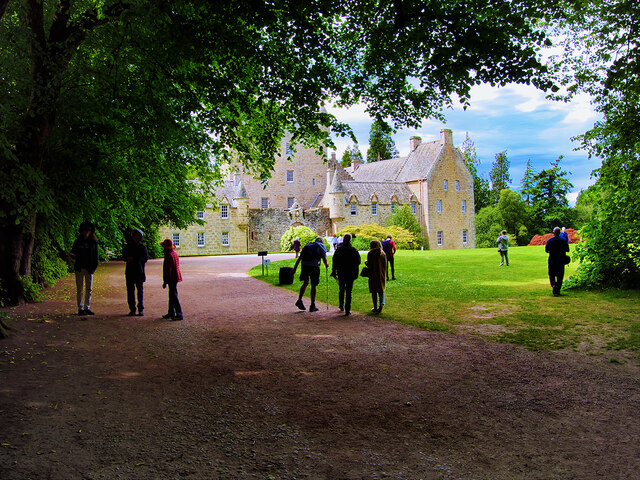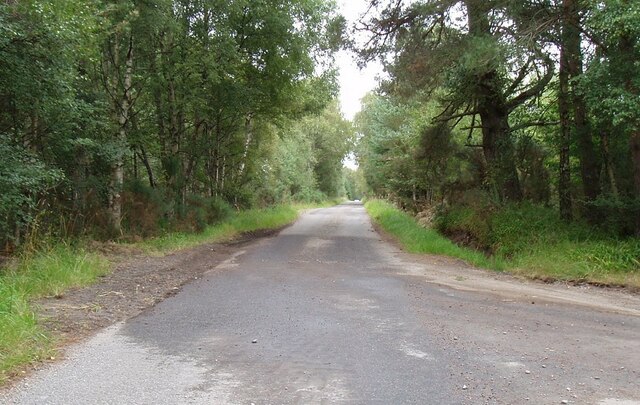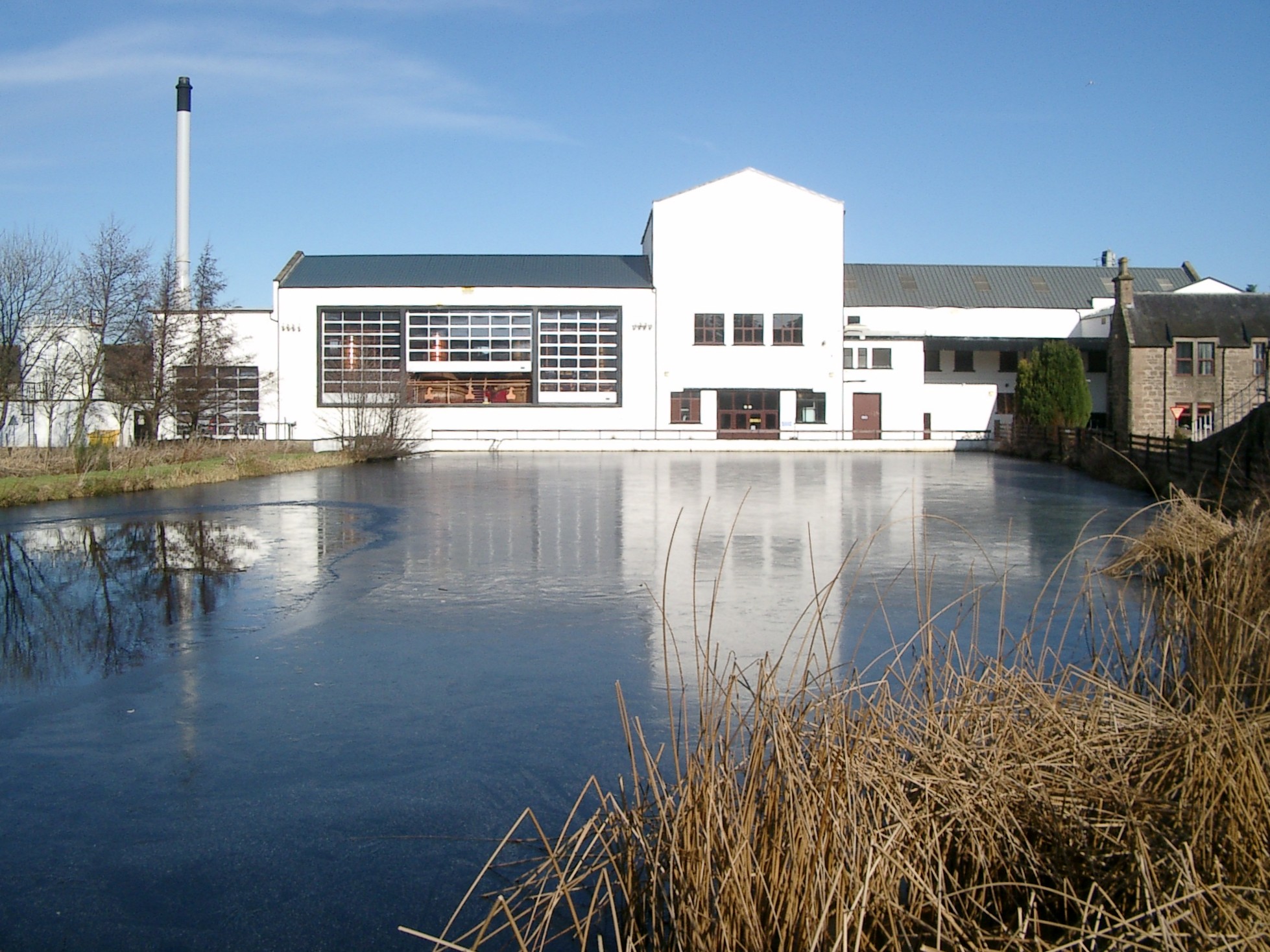Cawdor Wood
Wood, Forest in Nairnshire
Scotland
Cawdor Wood

Cawdor Wood is a picturesque forest located in the Nairnshire region of Scotland. Covering an area of approximately 1,500 acres, it is nestled on the outskirts of the village of Cawdor and is easily accessible to visitors. The wood is renowned for its natural beauty and is a popular destination for nature enthusiasts, hikers, and birdwatchers.
The woodland is primarily composed of native tree species such as oak, birch, and pine, creating a diverse and vibrant ecosystem. The trees form a dense canopy that provides shade and shelter for a variety of wildlife, including red squirrels, roe deer, and numerous bird species.
Cawdor Wood offers a network of well-maintained trails that wind through the forest, allowing visitors to explore its enchanting scenery. These paths cater to different levels of difficulty, ensuring that there is something for everyone, from leisurely strolls to more challenging hikes.
One of the highlights of Cawdor Wood is the historic Cawdor Castle, which has stood within the forest since the 14th century. The castle’s stunning architecture and well-preserved interiors make it a must-see attraction for history buffs and architecture enthusiasts.
Visitors to Cawdor Wood can also enjoy a variety of recreational activities, such as picnicking, wildlife spotting, and photography. The forest’s peaceful ambiance and tranquil surroundings make it an ideal place for relaxation and contemplation.
Overall, Cawdor Wood offers a captivating blend of natural beauty, historical significance, and recreational opportunities, making it a cherished destination for both locals and tourists alike.
If you have any feedback on the listing, please let us know in the comments section below.
Cawdor Wood Images
Images are sourced within 2km of 57.512002/-3.9237117 or Grid Reference NH8448. Thanks to Geograph Open Source API. All images are credited.





Cawdor Wood is located at Grid Ref: NH8448 (Lat: 57.512002, Lng: -3.9237117)
Unitary Authority: Highland
Police Authority: Highlands and Islands
What 3 Words
///lakeside.bespoke.chin. Near Nairn, Highland
Nearby Locations
Related Wikis
Cawdor
Cawdor (Scottish Gaelic: Caladair) is a village and parish in the Highland council area, Scotland. The village is 5 miles (8 kilometres) south-southwest...
Cawdor Castle
Cawdor Castle is a castle in the parish of Cawdor in Nairnshire, Scotland. It is built around a 15th-century tower house, with substantial additions in...
Dun Evan
Dun Evan or the Doune of Cawdor is a hill fort located 2.5 kilometres (1.6 mi) south west of Cawdor in the Highland area of Scotland. It is situated on...
Culcharry
Culcharry is a small residential settlement, close to the village of Cawdor and the hamlet of Brackla, lying 4 miles southwest of Nairn, in Nairnshire...
Clephanton
Clephanton is a small hamlet 2 miles south-east from Ardersier and 7 miles south-west of Nairn in Inverness-shire, Scottish Highlands. It is in the Scottish...
Royal Brackla distillery
Royal Brackla distillery is a Highland Scotch whisky distillery on the Cawdor Estate, near Nairn in Scotland. The distillery is operated by John Dewar...
Piperhill
Piperhill is a village, located four miles south of Nairn in Nairnshire, Scottish Highlands and is in the Scottish council area of Highland.
RAF Brackla
Royal Air Force Brackla or more simply RAF Brackla is a former Royal Air Force satellite station located in Scotland. == History == The following units...
Have you been to Cawdor Wood?
Leave your review of Cawdor Wood below (or comments, questions and feedback).













